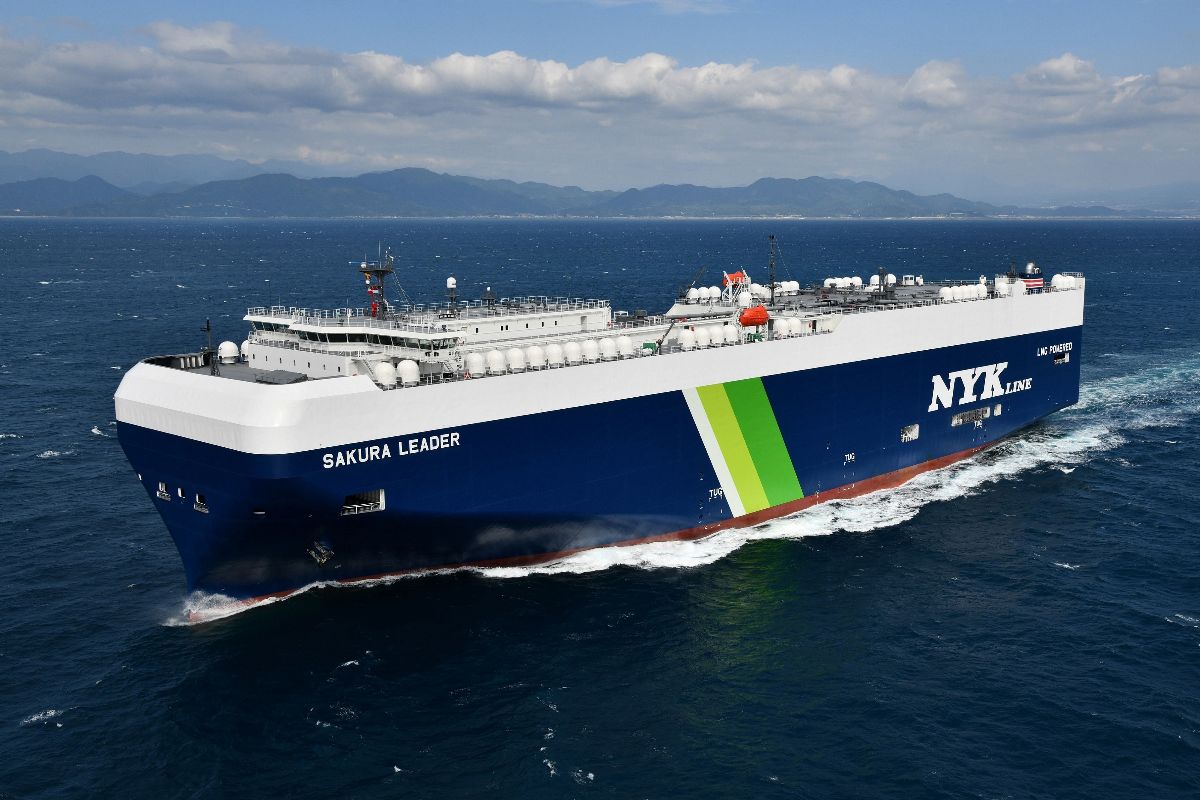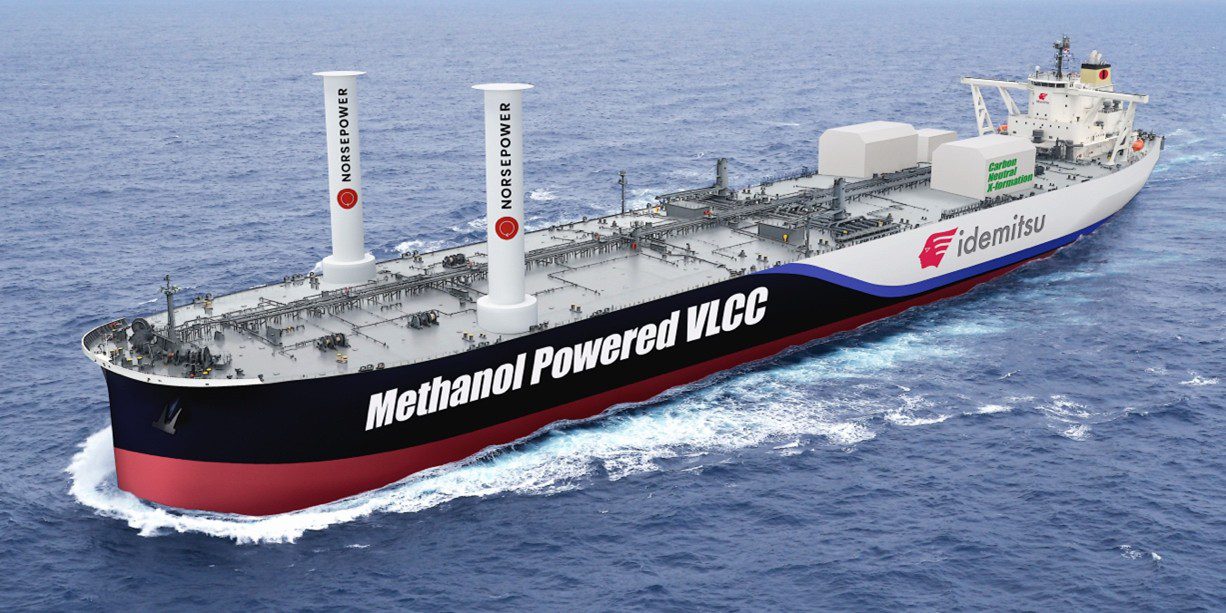Orders for LNG-fueled newbuilds have continued to gain market share in 2021, approaching 30% of new shipbuilding orders by gross tonnage, according to SEA-LNG citing Clarkson Research Services data.
SEA-LNG is a UK-registered non-profit that advocates for the use of liquified natural gas as a currently available, environmentally-friendly marine fuel. The organization says 2021 has been a banner year for new LNG dual-fuel vessel construction contracts, as reported by DNV and others. This trend is expected to continue as major deep-sea sectors continue to embrace LNG as a viable fuel to reduce both local and global emissions and one of the only options currently available to meet the reduced emissions required of environmental financing.
SEA-LNG says it is anticipated that over 90% of the new Pure Car and Truck Carriers (PCTC) that will enter the market in the coming years will be dual fuel LNG. Containership owners and operators are also moving to LNG-fueled tonnage, with orders for LNG-fueled liners increasing five-fold since January 2020. Tankers and bulkers are also following suit, with increases of seven-fold and two-fold respectively over the 18-month period, SEA-LNG said.
“The deep-sea shipping industry understands that while LNG may not be the end game, it is the best starting point to get to net zero,” said Peter Keller, Chairman of SEA-LNG. “It provides a very clear and achievable plan which starts today. We know the need is real and waiting is no longer an option. Recognition for this plan and the pathway forward is continually growing – borne out by the data from both Clarksons and DNV. And the acceleration in uptake of newbuilds fueled by LNG demonstrates confidence in this pathway through its bio and synthetic cousins.”
As it stands, LNG is proven safe, reduces SOx and particulates to negligible levels, NOx by up to 85%, and GHG emissions by up to 23%. It can also achieve the IMO’s 2030 target of reducing CO2 emissions by 40% compared to 2008 by the use of bio-LNG products as a drop in fuel. Looking ahead, a transition to bio-LNG, and eventually synthetic LNG, will enable the industry to meet the IMO 2050 targets – a transition that will utilize established LNG infrastructure without investing in new and costly infrastructure around the globe for “unproven” fuels, SEA-LNG says.
“The advantage of LNG is that both bio-LNG and synthetic LNG are ‘drop-in’ fuels. There are no compatibility issues, and any ratio combination of bio-LNG, synthetic and ‘conventional’ LNG can therefore be used to fuel a large proportion of the deep-sea merchant fleet. It has the potential to scale incrementally in line with the growing availability of biomass and renewable energy, while delivering significant GHG reductions, starting now,” added Keller.

 Join The Club
Join The Club











